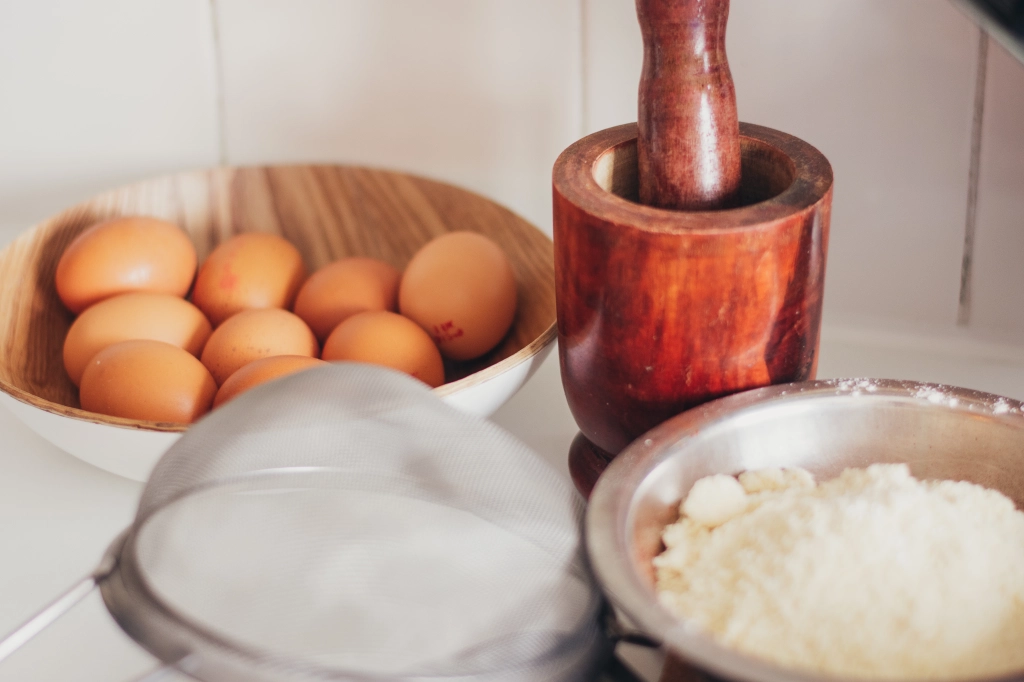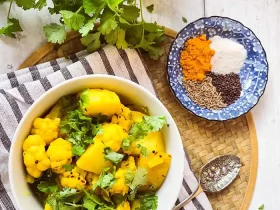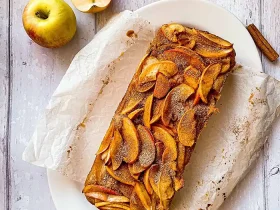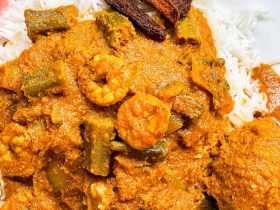The Bank of England recently announced that UK inflation is heading in for a 13% rise this year. This alarming news has surely pressurised many households. If you’ve been googling frantically on how to feed your family, you are not alone. Cooking recipes that cost less without reducing the quality of the final dish is possible. My friend, you’ve reached the right place.
I’ve got you- Thou shall not be worried anymore.
HOW TO MAKE A RECIPE COST LESS WITHOUT REDUCING ITS QUALITY
FIRST UP: Mise-en-place
Our head chef always emphasized the importance of mise-en-place during my chef training. We were instructed to prepare our mise-en-place before moving on to the next step of a recipe. That is the first step in removing unnecessary costs from a recipe. Read the recipe well before you begin and chop, portion, measure, etc. all your mise-en-place before you begin cooking, baking, grilling, roasting, etc. This will also ensure you manage your time well in the kitchen and do not waste resources mindlessly.
Plan and portion a recipe
A well-planned and portioned recipe is important. This includes shopping for low-cost, fresh, seasonal produce. Ensure you do not compromise on quality. This approach will ensure that your recipe costs less. This also includes avoiding unnecessary ingredients in a particular recipe.
I always mention this in my recipes. If you’ve been following this blog for a while, you’ll know that I always measure the ingredients you need. This makes the recipe fool-proof too. For example, I’ll let you know how many cloves to add to the garlic pulao recipe. This gives it an added fragrant and aromatic dash.
Time to shop
Shopping from the right place and shopping for the right ingredients will also ensure this. Many food items may be cheaper to buy from the local butcher, fishmonger, or even a wholesaler.
Bulk buying can reduce the cost of ingredients. Shopping during special offers also helps. Both methods lower costs without compromising the quality of the final recipe. This is a good hack if you have to feed a huge family.
Reducing food waste
Reducing food waste will also ensure that a recipe is cost-efficient. Storing fresh fruits and veg properly, and using homegrown herbs for garnishes, marinades, sauces, etc. will facilitate this.
Some veg like courgettes need not be peeled. These can be used as-is while making roast veg, courgette fries, courgette spaghetti, courgette lasagne, etc. thus removing cost while retaining the nutrients found under the peel.
Add these goods to your meals
Buying pulses, grains, nuts, seeds, etc. in bulk can save money. Use only the required amounts for a particular recipe. These items have a longer shelf life, which will make a recipe cost less.
Combine meals with fillers
Have fillers like roasted veg, rice, mashed potatoes, blanched and tossed veggies, some pulses like chickpeas or beans, etc. in recipes to keep the cost low without compromising on quality.

Conscious eating
Repurposing, upcycling, and reusing a single ingredient, a single dish, or leftovers into more recipes.
A roast chicken can be eaten as is. It can also be used to make a chicken sandwich. The carcass can be used to make a stock to flavour soups, stews, etc.
Try out the ultimate roasted harissa chicken recipe.
Choose your pick: Fresh and Seasonal
Cooking with seasonal produce can be beneficial as it is fresher, more flavourful, and generally picked at peak ripeness. The price of these foods may rise when not in season.
Shopping from local farmers, independent grocers, and specialty ethnic stores is great for seasonal produce. This will also ensure the quality is the best.
Have a little kitchen experiment
Try and use an ingredient to its maximum potential, be creative, and make sure flavours marry together. Try and experiment in the kitchen whenever possible.
For example, a can of chickpeas can be used to make hummus or pancakes. You can thicken stews or create a base for brownies. It can also be a filler for soups, etc. They are cost-effective yet keep the quality of a dish uplifted.
Think out of the box
Always think out of the box with a recipe or ingredient. Think of how you can work with it to its maximum potential.
Back to basics
Use pantry essentials, staples, and whole foods in your cooking. This method can help you be cost-efficient in a recipe without compromising on quality. For example: cooking with beans, lentils, seeds, grains, nuts, seasonal produce, etc.
What else would you like to add to this list? Leave a comment and let us know.
Hopefully, this post helps you and teaches you how to make a recipe cost less without reducing its quality. This will help you feed your family through the rising inflation.
If you ever try any of our food recipes from this blog, you can DM me on Instagram. You can also share your recipe pictures with us using the hashtag #trulysoulfullyeats and tagging us.
Also, feel free to follow us on Twitter, Facebook, Youtube, TikTok and Pinterest.
Please also make sure to subscribe to our newsletter. Thank you for your time.
See you soon xx
Discover more from Truly Soulfully Eats
Subscribe to get the latest posts sent to your email.








Great points.
Making food from scratch is not only healthier, but also more budge tfriendly. 🙂
Yes, totally Ronit. Thank you!